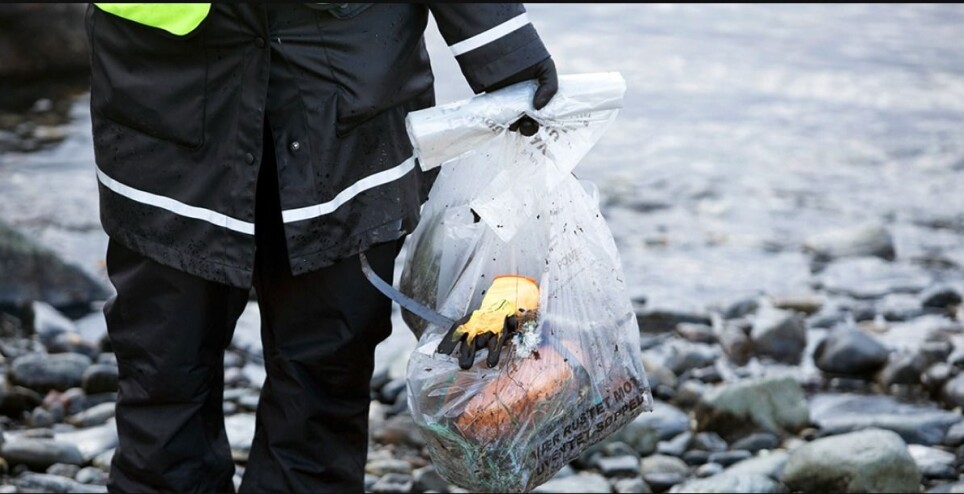THIS ARTICLE/PRESS RELEASE IS PAID FOR AND PRESENTED BY NTNU Norwegian University of Science and Technology - read more

New technology will identify sources of plastic in the ocean
Plastic trash gets cleaned up along our beaches. But it’s also important to find out where the plastic comes from. A Norwegian app will soon be able to do this.
Worldwide, eight million tonnes of plastic end up in the ocean every year, despite greater awareness of recycling and the use of disposable plastic.
How should we tackle the problem, and where does the plastic actually come from?
“Actions to clean up plastic don’t do much good if you don’t deal with the sources of the plastic at the same time,” says PhD candidate Christina Hellevik.
Hellevik is one of the researchers at NTNU in Ålesund who is working to create a model that will show where plastic collects and determine where in the region it comes from. The researchers are collaborating with the Ålesund region’s Port Authority, Ålesund municipality and Møre og Romsdal county.
App that will recognize plastic
The goal is to generate more targeted measures for the clean-up and collection of waste.
“One of the things we’re developing is an app that recognizes plastic from an image,” says Hellevik.
“When you’re out cleaning up marine waste, you photograph the plastic objects you find with your mobile and register the product in the app,” she says.
In the past, clean-up operations have weighed and photographed the waste afterwards, without being able to register it in detail and efficiently.
Developing database for marine waste
The researchers are in the process of developing the database for the app, and are collaborating with students who are doing a master’s programme in simulation and visualization at NTNU in Ålesund.
Around 100 people will test the app when they are out on clean-up actions in the future, and the team includes the Norwegian Centre for Oil Spill Preparedness and Marine Environment, Runde Environmental Centre and volunteer organizations.
“The technology will become widely available starting in the spring of 2022, and anyone will be able take a picture of plastic articles and get information,” says Ricardo Da Silva Torres, the professor who is responsible for the technical tool.
“People will also need to register where the object was found,” says Torres.
The goal is for the app to help predict which areas are magnets for plastic pollution and where it comes from, and to facilitate better grounds for decision-making for the municipality and the port authority.
Increase in one type of plastic waste
Clean-up events show that the sources of plastic in the Ålesund region often tend to be materials from fish farms, industrial areas or boats.
Recently, a particular type of waste has been cropping up. “Activists all over the world have registered an increase in waste that can be traced to disposable plastic products from infection control,” Hellevik says.
“So it’s urgent to find the sources of the plastic, and to make good decisions.”
Through PlastOPol, NTNU will collaborate with the Ålesund region’s Port Authority, Møre og Romsdal county and Ålesund municipality to develop a prediction model based on plastic in the oceans. The Research Council of Norway is supporting the project.
See more content from NTNU:
-
Politics on Facebook: Populist parties choose divisive issues on purpose
-
Social media is connected to cyberbullying – but not how we thought
-
Forskere ved NTNU får nesten 24 millioner av EU for å lage nye strømomformere
-
This helps the youngest children enjoy school more
-
Can we tap the ocean’s power to capture carbon?
-
Researchers have uncovered major problems in Norway's salmon industry





































